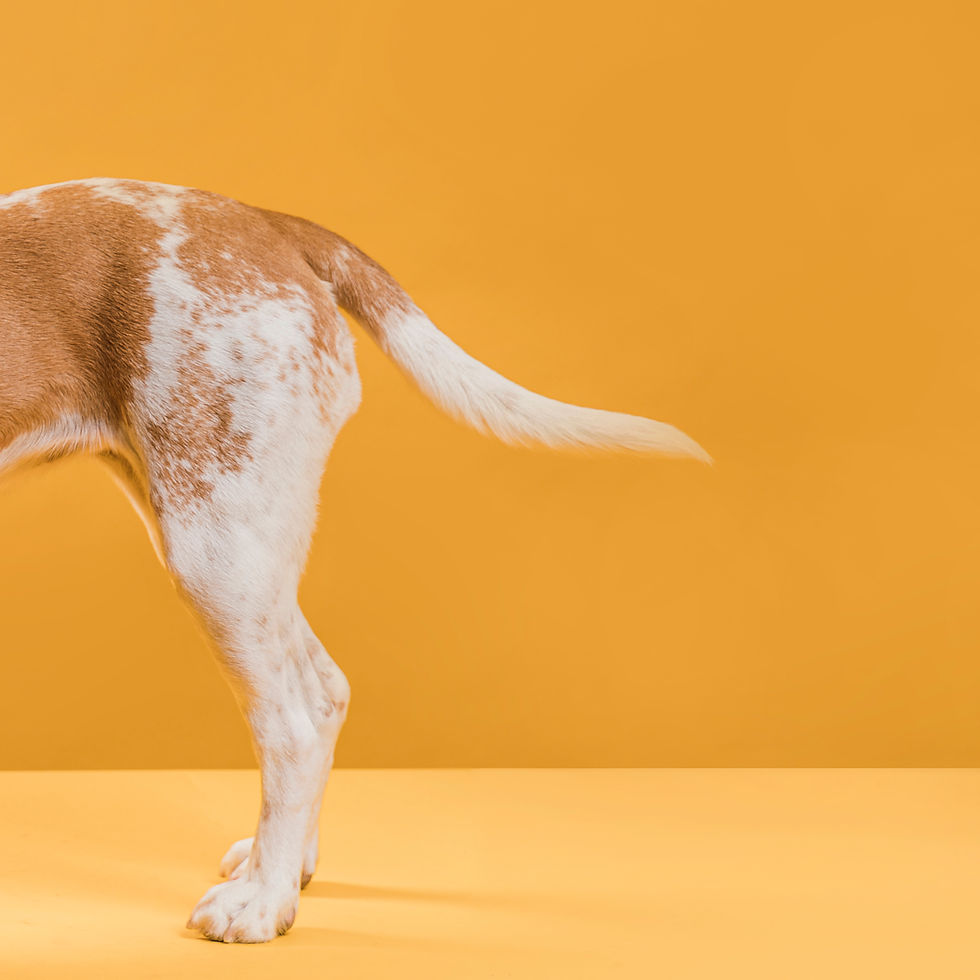ICECDogs Publishes First Ever Agreement on Healthy Body Shapes for Dogs
- Animal Echo

- Apr 15, 2024
- 2 min read
The agreement was heavily influenced by the Royal Veterinary College

A healthy border collie and the less athletic pug - photo credit Magda Ehlers and Deny Napitupulu
According to a report published by the Royal Veterinary College (RVC), the International Collaborative on Extreme Conformations in Dogs (ICECDogs) has released a paper to help owners identify good innate health in their dogs. The paper, which was heavily backed research from RVC Associate Professor for Companion Animal Epidemiology, is the first of its kind and helps animal carers predict a dog’s health and welfare status according to their body shape.
At the moment, there is still a huge disparity between dog owners wanting the best for their pets and the types of pets they are choosing, which is why the report was created. It aims to help prospective owners assess the breed they are hoping to acquire and decide whether they are making an ethical choice. Extreme conformation is common among many dog breeds and can have a huge impact on the dog’s welfare, longevity and quality of life.
A healthy dog should be able to carry out all natural biological functions without undue stress, as their cousins would in the wild. These include being about to breathe freely, see, hear, smell, eat and drink effectively, self-groom, eliminate and sleep effectively, communicate with other dogs and breed without assistance. Therefore, they must have the correct body type to be able to do this.
A few problematic areas to look for include:
Flat faces (brachycephaly)
Large and protruding eyes
Shortened, twisted legs
Facial or body skin folds
Taillessness
A clearly overshot or undershot jaw
A disproportionately broad head and shoulders
Eyelids turned in or out
A bulging or domed skull
A sloped back with an excessively low rear end and excessively flexed hind legs.
At a glance, it is fairly easy for many people to tell whether a dog is in good innate health; for example, we would not expect a flat-nosed pug to do a similar job to the athletic and agile border collie. But not every health flaw is so obvious, and ICECDogs now hopes to help pet owners across the world improve the lives of their canine companions.
The full paper can be found here.










Comments